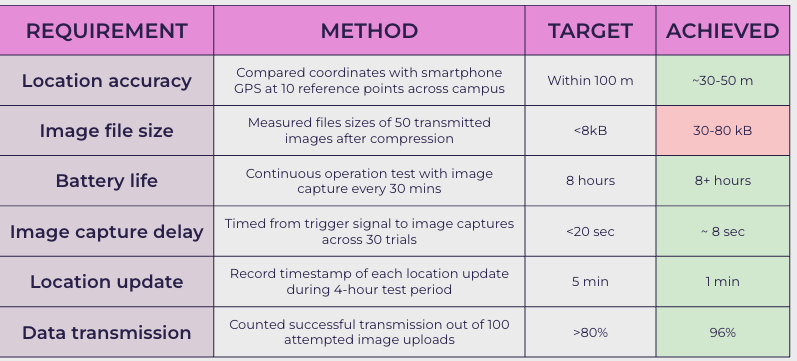General Accomplishments
This week, we focused on completing the housing and final polish of the system:
- Designed and 3D printed the housing for the pocket module. Although the initial version was too large, a downsized version has been completed and prepared for printing with Professor Li’s help.
- Improved reliability and stability of the backend system, addressing minor issues such as occasional failures in image uploads and location triggers. These fixes ensure the system performs more consistently in real-world conditions.
Current Project Status
The project remains on schedule. The full system, both hardware and software, has been successfully integrated and validated. With the hardware now finalized, the focus has shifted to final documentation prep (poster, demo, and video). The migration to React has streamlined frontend development and accelerated progress on user interface features.
Design Changes
There were no major design changes this week. The overall system architecture and hardware integration remained stable. Minor iterations were made in physical form factor (downsizing the housing), but this was part of ongoing design finalization.
Next Steps
- Final printing of the pocket module housing
- Poster, video, and demo preparation for final project submission
- Polish and documentation of all source code and experimental data
- Dry runs for the demo to ensure good execution
Testing Summary:
Reproducing from our final presentation…
Our unit tests and overall system test were categorized into verification (quantitative performance metrics) and validation (real-world functionality and user feedback):
Verification Testing
Validation Testing


